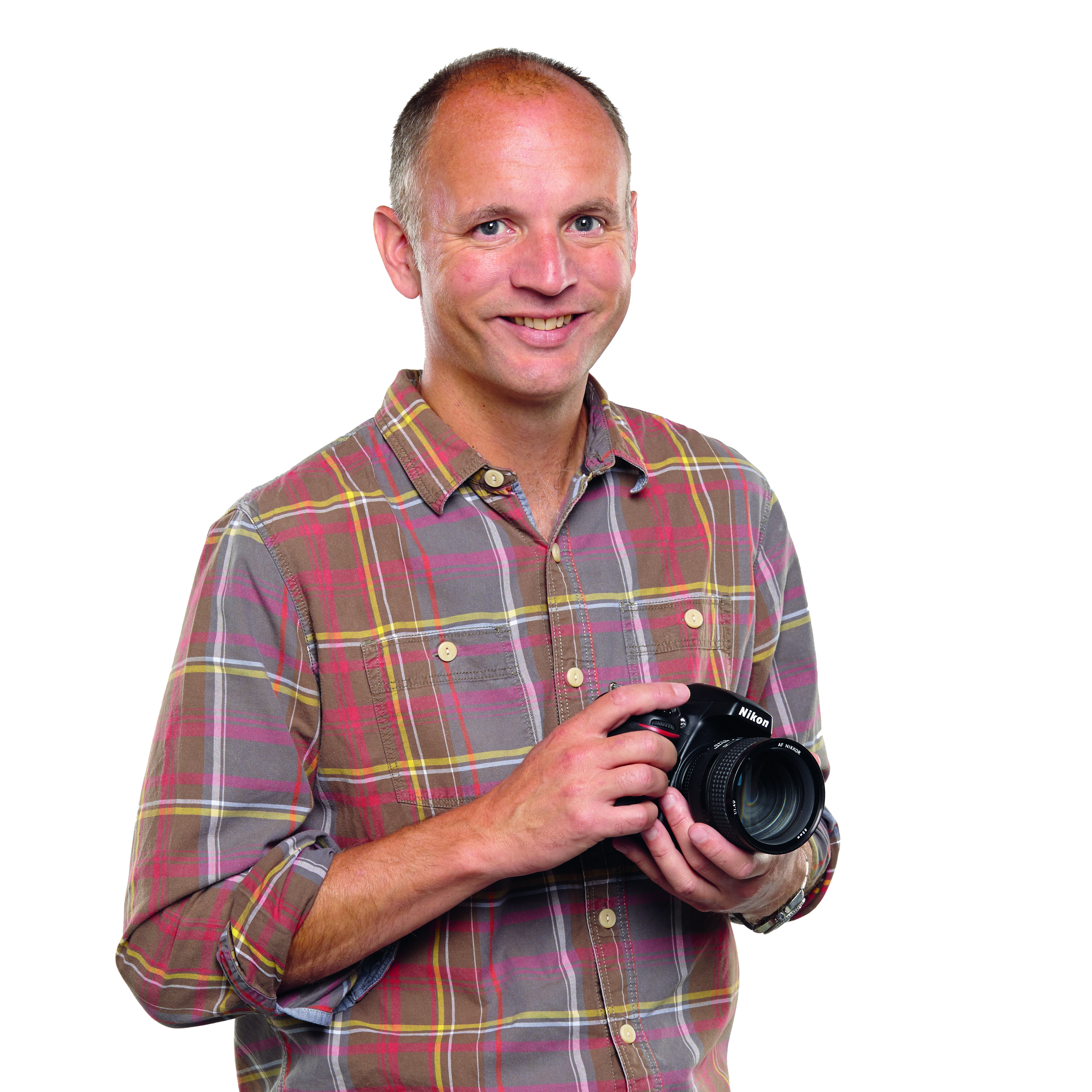This Alfie Tych+ photo is a mistake, but one that I’m owning and claiming as my own!
The Art of Seeing #80: With a chance to dip his toes in the analogue sea, Benedict Brain gets creative with an Alfie Tych+
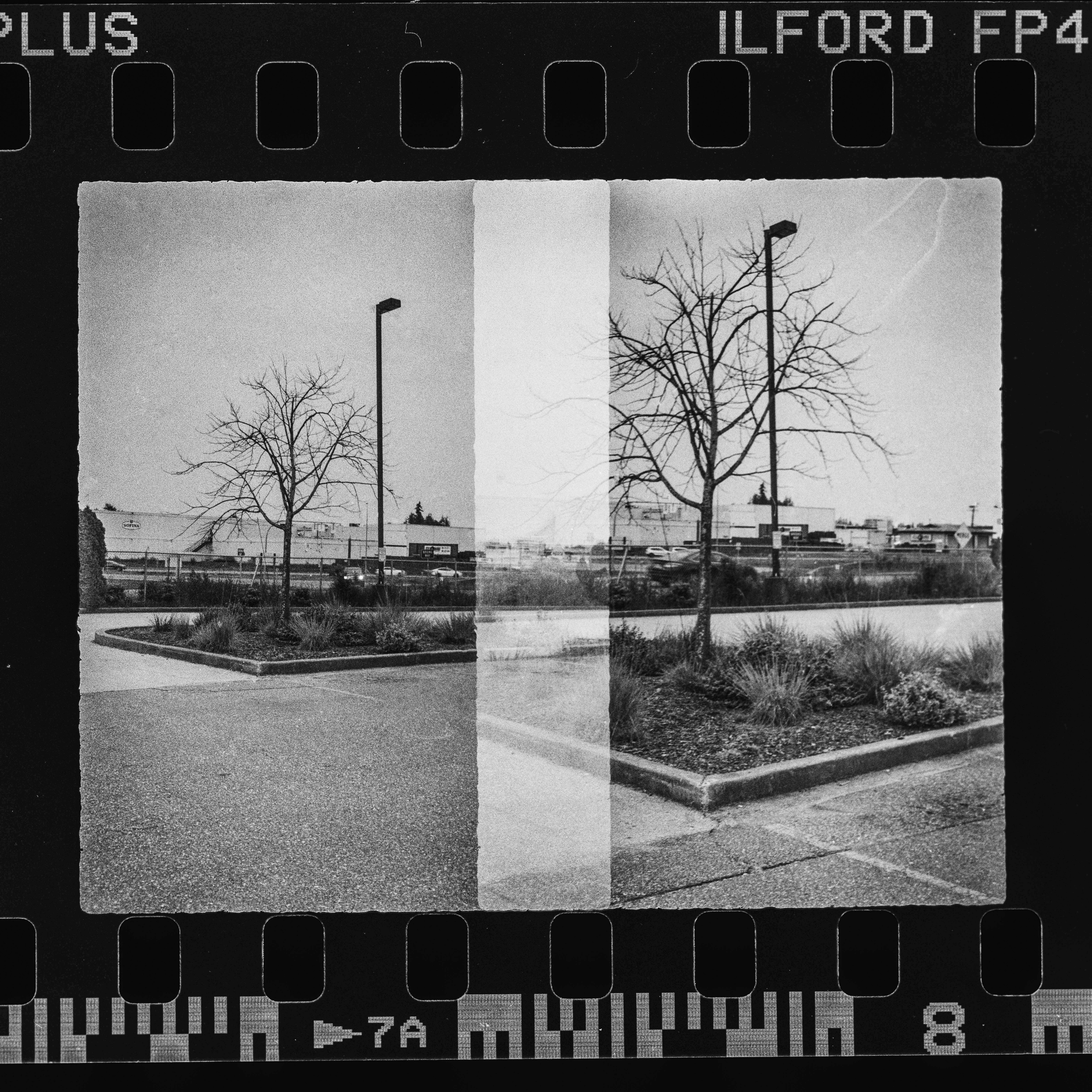
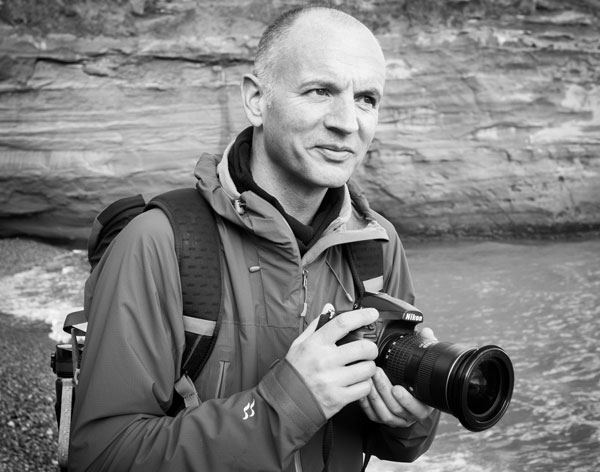
Benedict Brain is a UK-based photographer, journalist and artist. He is an Associate of the Royal Photographic Society and sits on the society’s Distinctions Advisory Panel. He is also a past editor of Digital Camera Magazine, and the author of You Will be Able to Take Great Photos by The End of This Book.
Recently, I was tasked with reviewing an excellent little analogue camera. Called the Alfie Tych+, it’s super cool, staggeringly tiny, beautifully designed and packs an incredible range of optics and creative options onto a slightly quirky rotating lens board. Everything from an f/156 pinhole to a 33.3mm (50mm full-frame equivalent) f/8 rapid rectilinear lens and a few others in between.
Crucially, it’s also a ‘half-frame’ camera, meaning you’ll get twice as many shots from a roll of film. So a 36-exposure 35mm film will, more or less, double the number of images you can take, giving you 70-plus shots. I say crucially, as the cost of the film has become so high, getting 70-plus shots is attractive to anyone who wants to dip their toes in the analogue sea – including me.
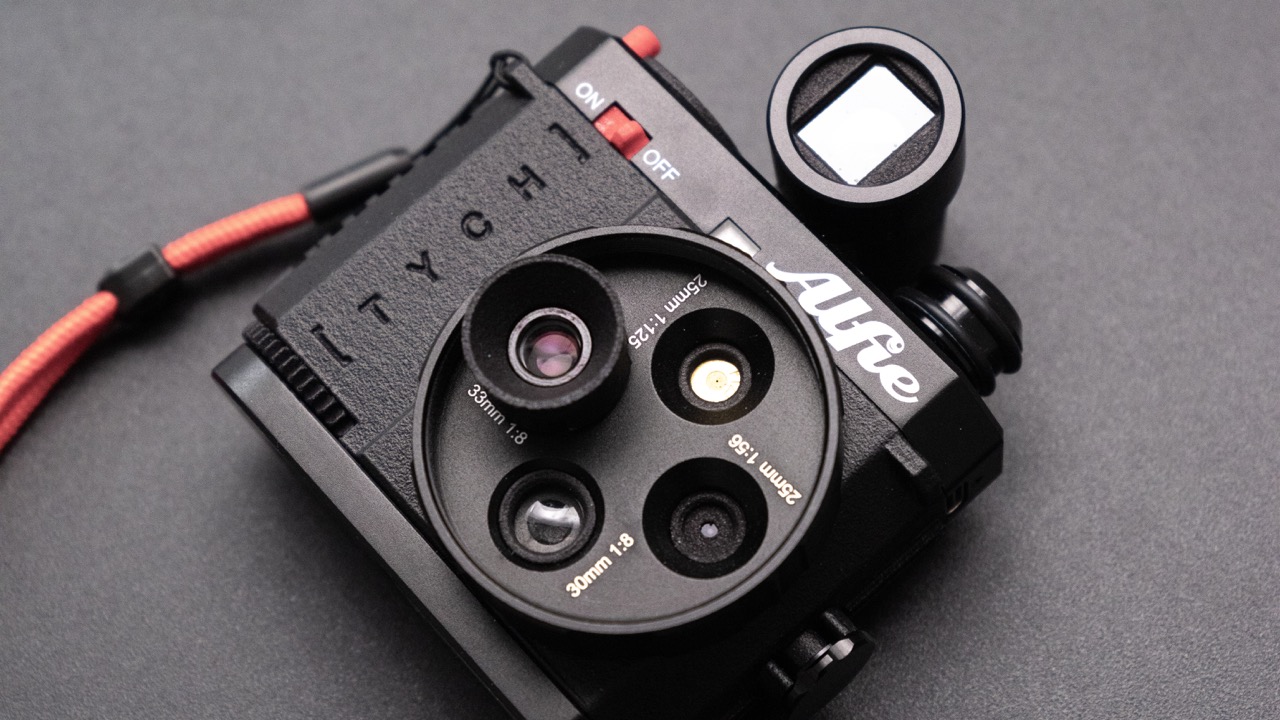
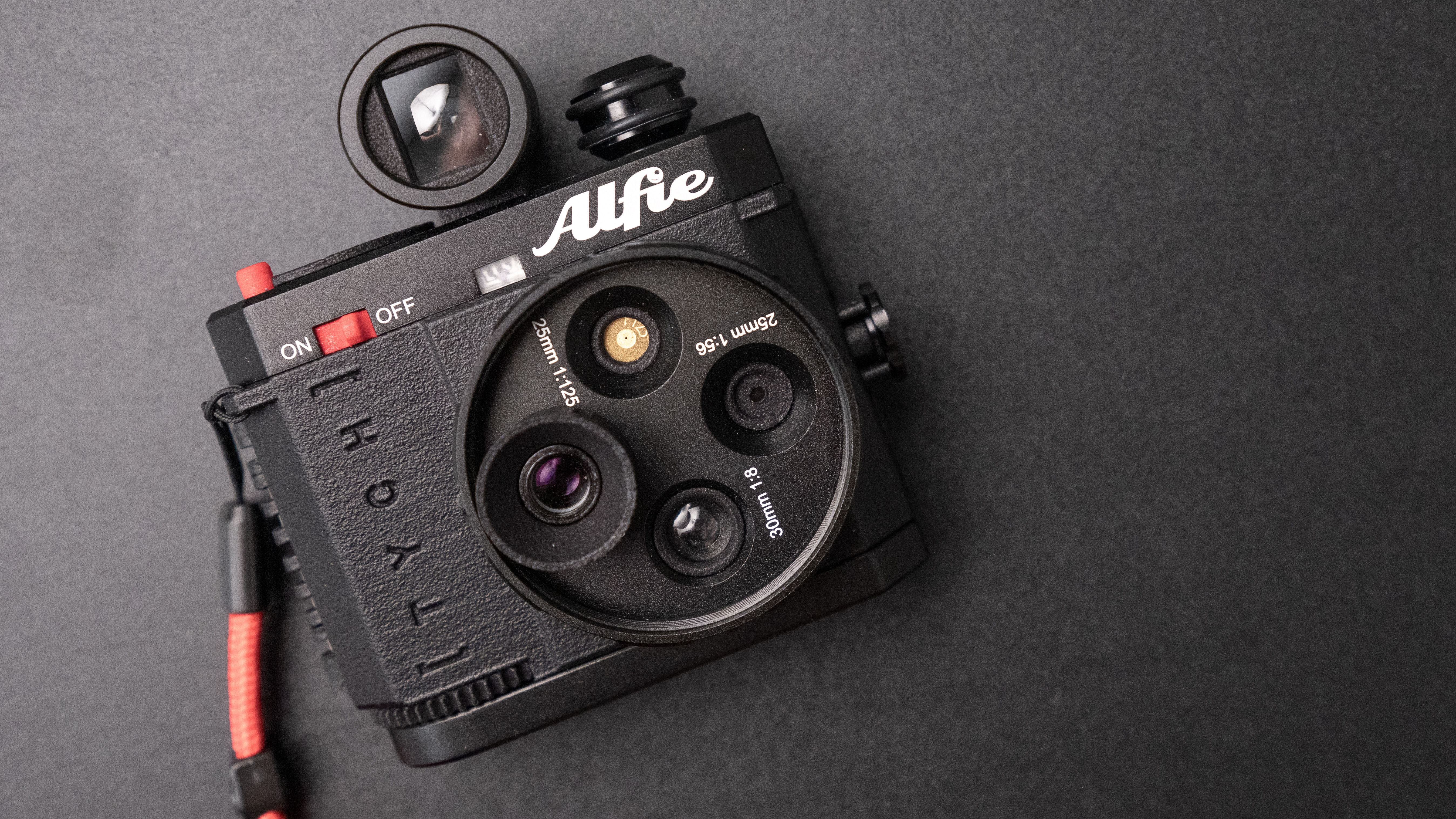

It’s also such a small camera that I could pop it in my bag and take it on my travels. This image was taken in the parking lot of arguably one of the most depressing hotels I’ve ever stayed at. I was experimenting with the camera, having just been photographing this tree with my ‘proper’ camera for my lone tree series, as previously talked about in these columns, but I thought I’d also see how it came out on the Alfie.
Advancing the film takes a bit of getting used to. In this picture, you can see that two images are overlapping – that’s because I hadn’t quite advanced the film enough. Between shots, I had walked and slightly changed my position, creating an interesting overlapping juxtaposition of effectively the same image half on top of itself. It’s a mistake, but one that I’m owning and claiming as my own – a mistake that I’m delighted with.
I processed the film in my kitchen sink, and my drying space left a lot to be desired, so there’s a water-marked stain on the top right, which is another mistake, but another one that I like. Both mistakes speak to the sense of place that I experienced there.
Sadly, I’ve had to give the Alfie back now, but the experience has seduced me back into the world of analogue photography. I think I’m going to have a rummage in the attic and dig out some of my old film cameras.
• Other articles in the Art of Seeing series
Get the Digital Camera World Newsletter
The best camera deals, reviews, product advice, and unmissable photography news, direct to your inbox!
Read more:
• The best darkroom equipment in 2024
• The best 35mm film
Benedict Brain is a UK based photographer, journalist and artist. He graduated with a degree in photography from the Derby School of Art in 1991 (now University of Derby), where he was tutored and inspired by photographers John Blakemore and Olivier Richon, amongst others. He is an Associate of the Royal Photographic Society and also sits on the society’s Distinctions Advisory Panel.
Until July 2018 Benedict was editor of Britain’s best-selling consumer photography magazine, Digital Camera Magazine. As a journalist he met and interviewed some of the world’s greatest photographers and produced articles on a wide range of photography related topics, presented technique videos, wrote in-depth features, curated and edited best-in-class content for a range of titles including; Amateur Photographer, PhotoPlus, N-Photo, Professional Photography and Practical Photoshop. He currently writes a regular column, The Art of Seeing, for Digital Camera magazine.
